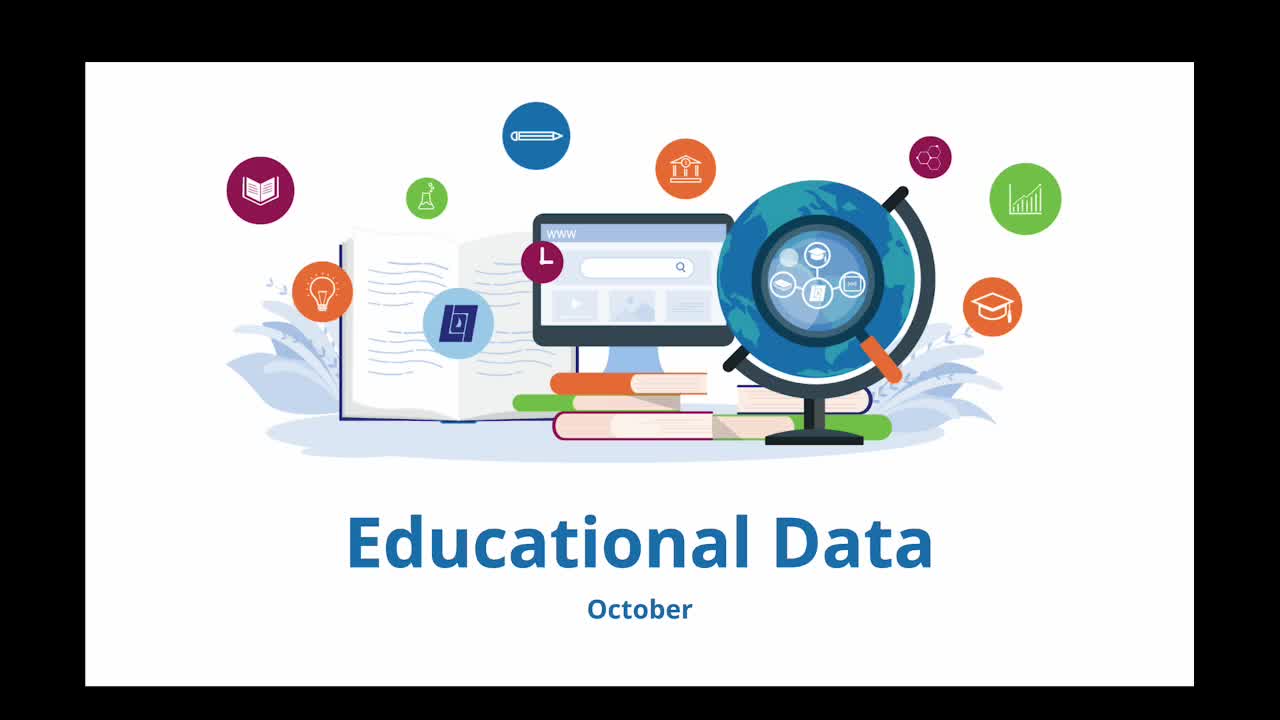District shares OSAS results; administrators flag math gaps and plan classroom supports
October 27, 2025 | Lake Oswego SD 7J, School Districts, Oregon
This article was created by AI summarizing key points discussed. AI makes mistakes, so for full details and context, please refer to the video of the full meeting. Please report any errors so we can fix them. Report an error »

District staff presented 2024–25 Oregon state assessment (OSAS) data for English language arts and math at the Oct. 29 Lake Oswego School District board meeting and described next steps to address areas of concern.
Mister Bailey opened the presentation and said the district’s combined‑grade English language arts percentage increased over the last three years, with “eleventh grade and sixth grade really showing the greatest growth,” he said. He noted the district remains “not there yet” on overall targets and said participation rates at the high school level were “pretty solid.”
Leakeshia (math lead) told the board district math proficiency peaked in 2022–23 at about 65.8% and saw a slight decrease in 2024–25, with only sixth, eighth and eleventh grades showing increases year over year. She said Black and Hispanic student proficiency increased but remains “significantly lower than most of the other groups,” and that proficiency among English learners did not increase. She also said there was a decline in proficiency for female students in math.
Both presenters described steps to improve outcomes: strengthen Tier 1 math instruction, increase the frequency and quality of informal instructional observations (learning walks led by principals and district leaders), and build OSAS readiness by familiarizing students with item types and the online testing interface. Leakeshia said the district is entering the third year of its new elementary math curriculum and plans to focus on fidelity of implementation and targeted instructional feedback.
Board members asked for additional context such as time devoted to math and reading instruction, how interim assessments correlate with OSAS scores, and whether test timing (for example high‑school students’ advanced courses) affects results. Presenters said staff will analyze assessment timing, interim assessment correlations (such as i‑Ready), and disaggregate data by course and student group to guide interventions.
Ending: Staff said they will return with additional disaggregated data and an implementation plan focused on classroom observation feedback, curriculum fidelity, and OSAS readiness practices.
Mister Bailey opened the presentation and said the district’s combined‑grade English language arts percentage increased over the last three years, with “eleventh grade and sixth grade really showing the greatest growth,” he said. He noted the district remains “not there yet” on overall targets and said participation rates at the high school level were “pretty solid.”
Leakeshia (math lead) told the board district math proficiency peaked in 2022–23 at about 65.8% and saw a slight decrease in 2024–25, with only sixth, eighth and eleventh grades showing increases year over year. She said Black and Hispanic student proficiency increased but remains “significantly lower than most of the other groups,” and that proficiency among English learners did not increase. She also said there was a decline in proficiency for female students in math.
Both presenters described steps to improve outcomes: strengthen Tier 1 math instruction, increase the frequency and quality of informal instructional observations (learning walks led by principals and district leaders), and build OSAS readiness by familiarizing students with item types and the online testing interface. Leakeshia said the district is entering the third year of its new elementary math curriculum and plans to focus on fidelity of implementation and targeted instructional feedback.
Board members asked for additional context such as time devoted to math and reading instruction, how interim assessments correlate with OSAS scores, and whether test timing (for example high‑school students’ advanced courses) affects results. Presenters said staff will analyze assessment timing, interim assessment correlations (such as i‑Ready), and disaggregate data by course and student group to guide interventions.
Ending: Staff said they will return with additional disaggregated data and an implementation plan focused on classroom observation feedback, curriculum fidelity, and OSAS readiness practices.
Don't Miss a Word: See the Full Meeting!
Go beyond summaries. Unlock every video, transcript, and key insight with a Founder Membership.
✓
Get instant access to full meeting videos
✓
Search and clip any phrase from complete transcripts
✓
Receive AI-powered summaries & custom alerts
✓
Enjoy lifetime, unrestricted access to government data
30-day money-back guarantee

